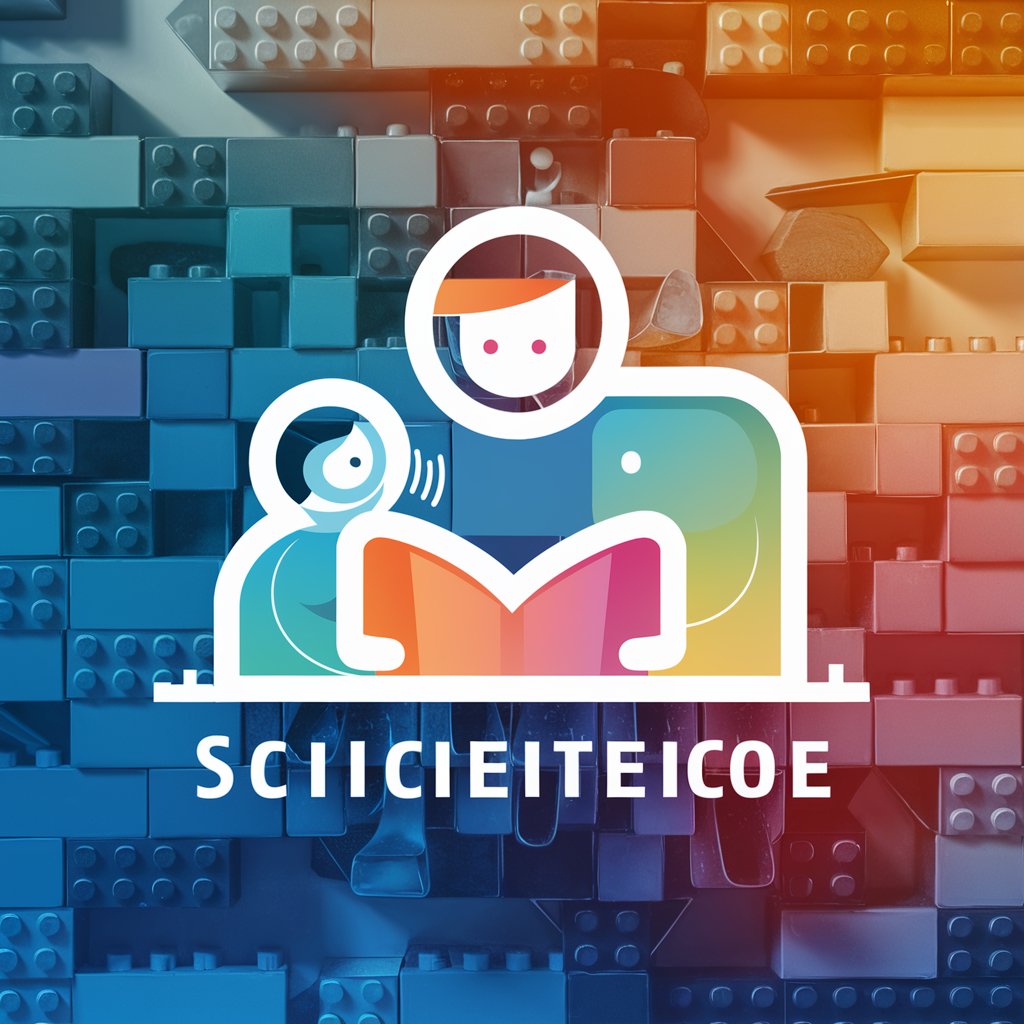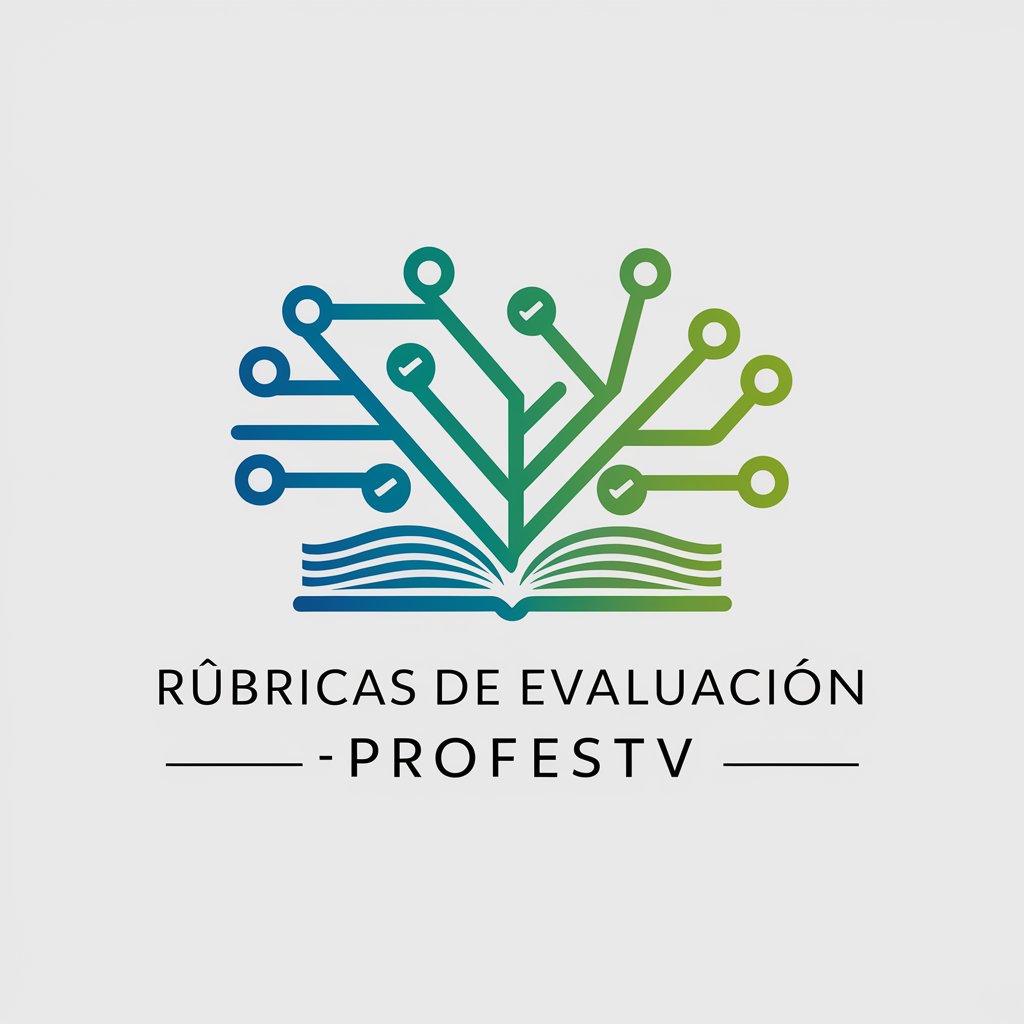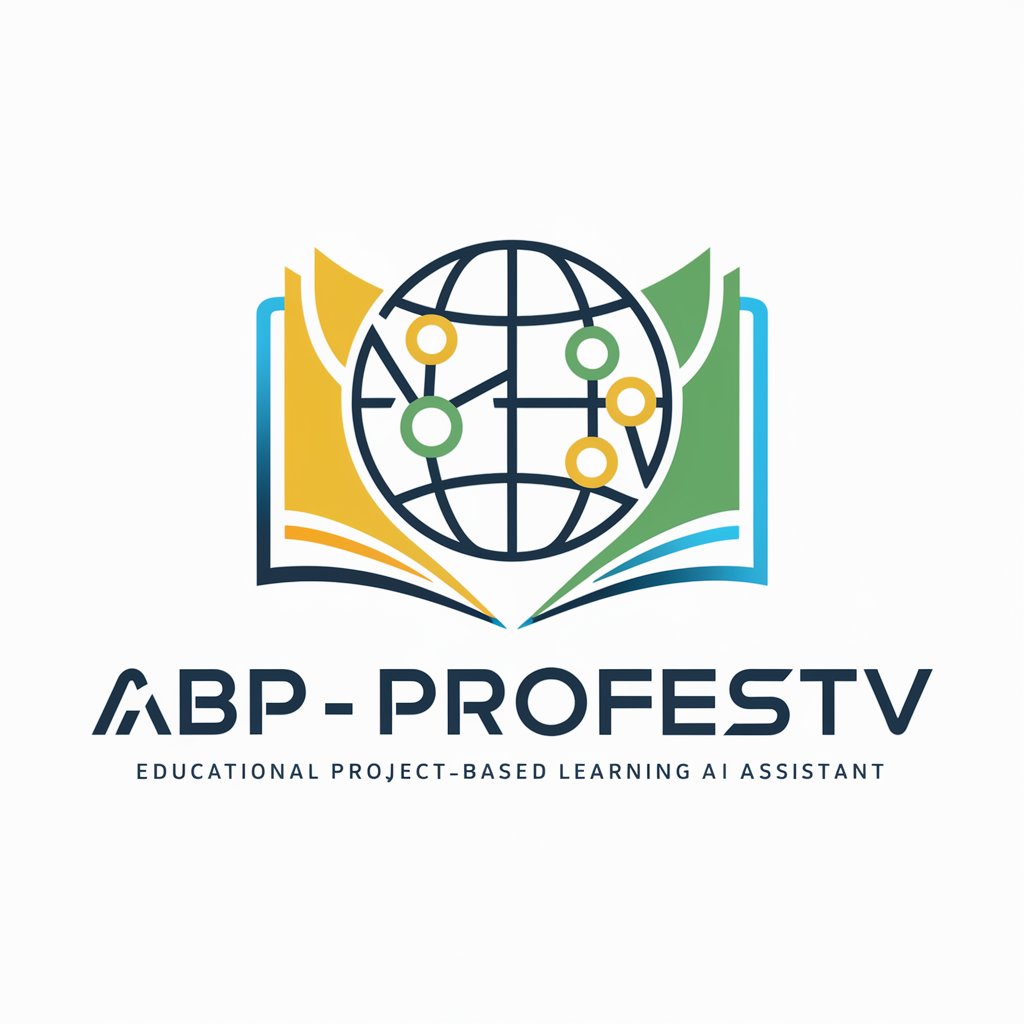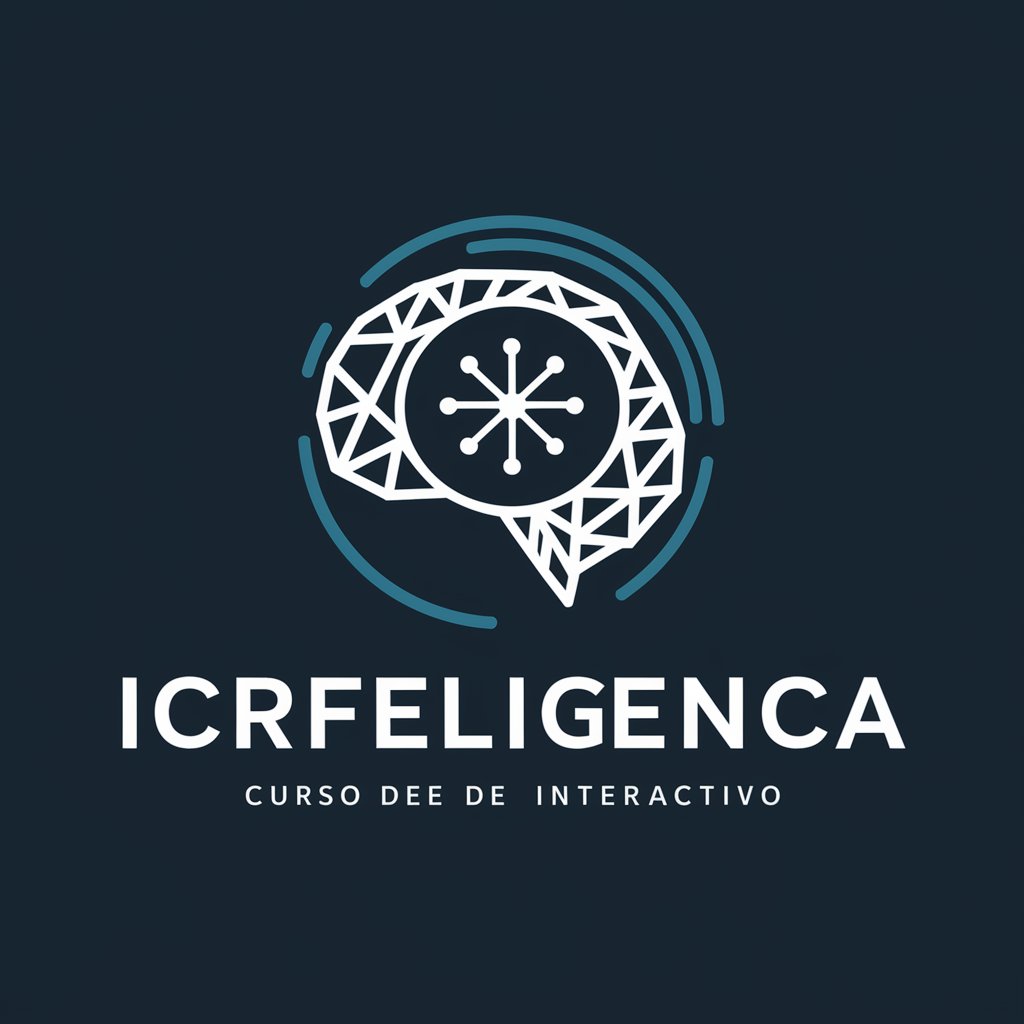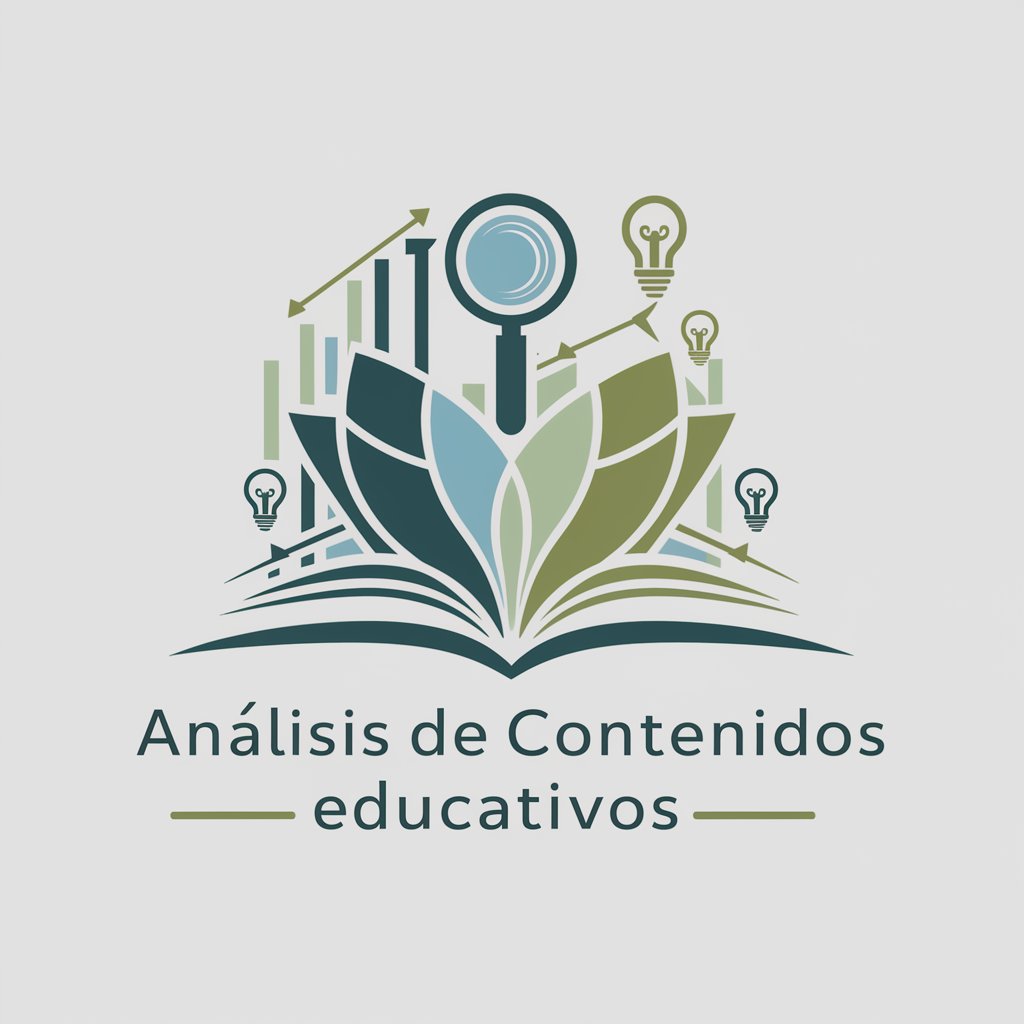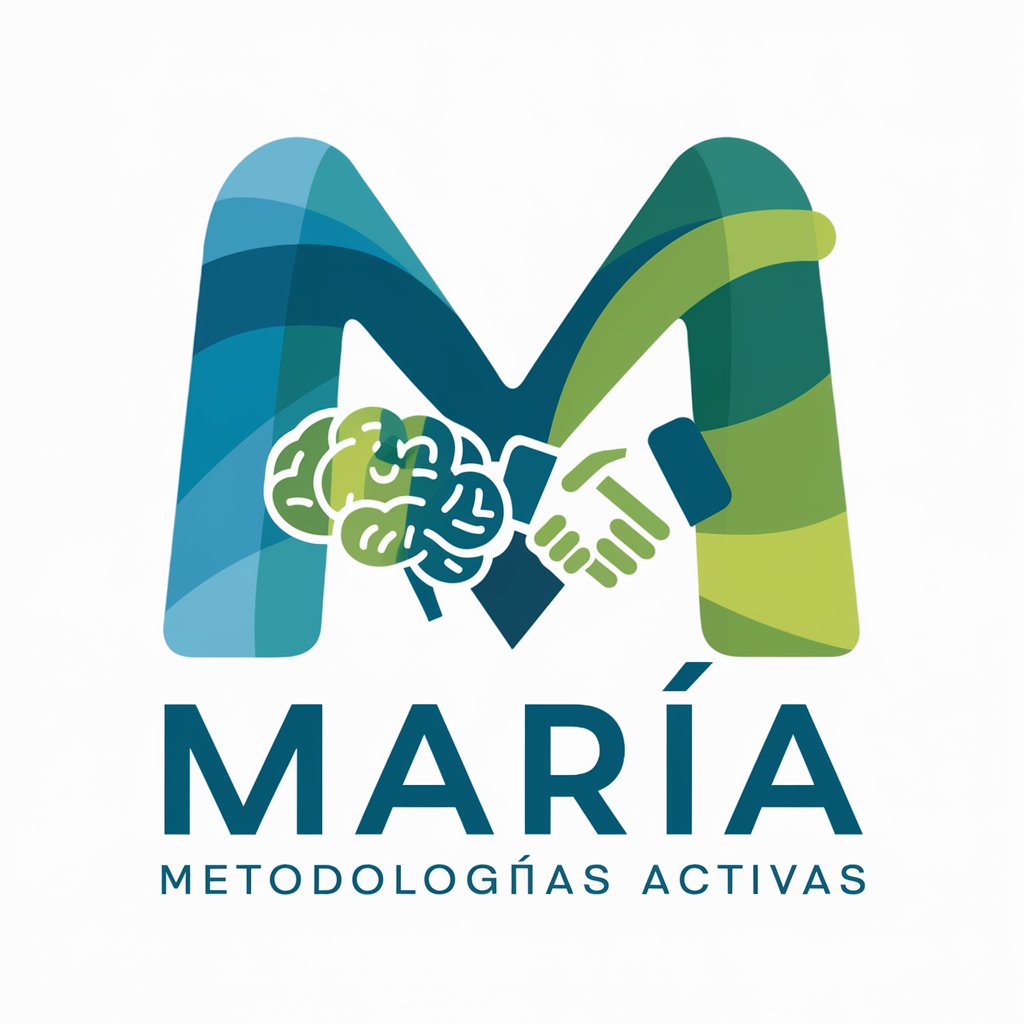
Resultados de Aprendizaje - Learning Outcome Guide
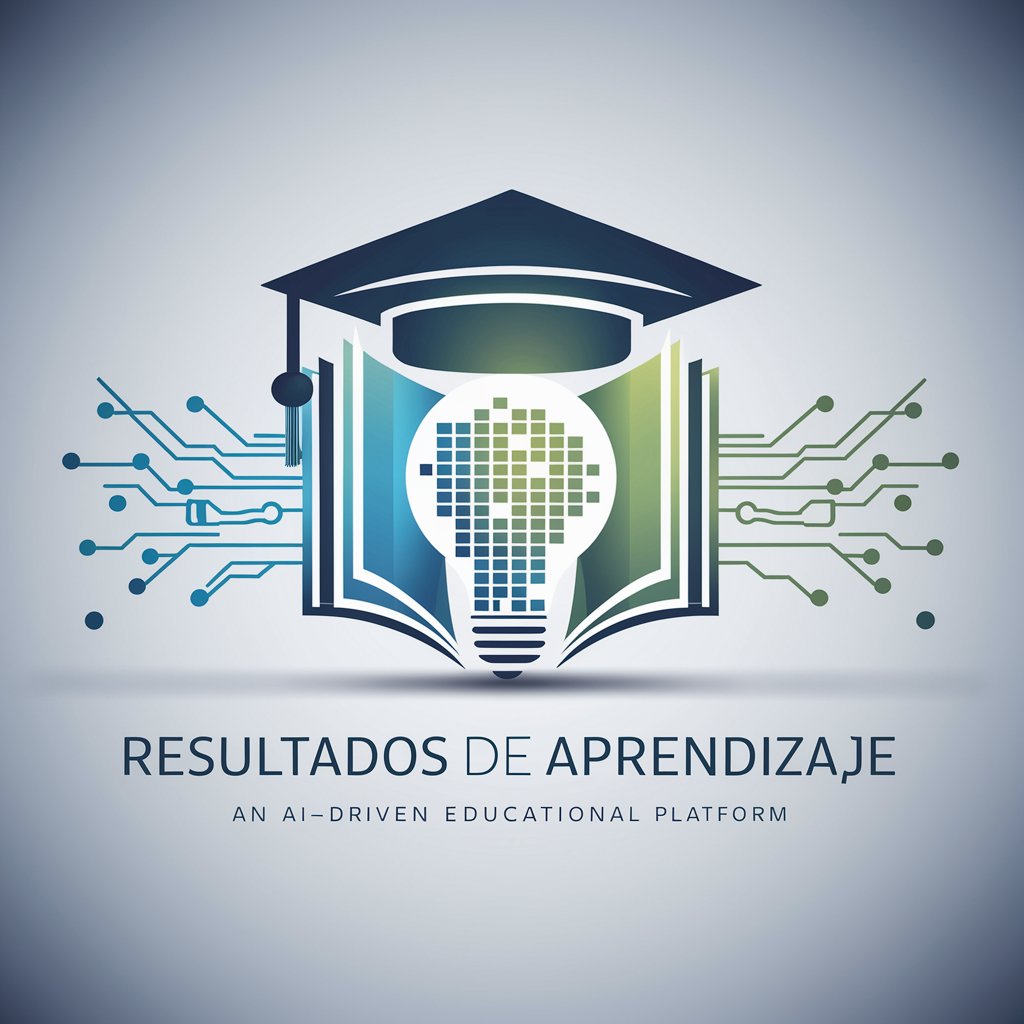
Welcome! Let's design precise learning outcomes together.
Empowering education with AI-driven outcomes
Design a detailed learning outcome for a university course in...
Create a graduate profile for a degree program in...
Generate innovative learning outcomes integrating AI and ICT for...
Draft a set of learning outcomes for a course focusing on...
Get Embed Code
Introduction to Resultados de Aprendizaje
Resultados de Aprendizaje, or Learning Outcomes, are specific statements that describe what students are expected to know, understand, and be able to do upon completion of a course or program. They represent a shift in educational focus from what is taught to what is learned, emphasizing skills and competencies over content delivery. These outcomes provide a clear guide for the design and evaluation of educational programs, ensuring alignment between teaching activities, assessments, and the intended skills and knowledge acquisition. For example, in a digital marketing course, a learning outcome might be: 'Upon completion, students will be able to design, implement, and analyze a digital marketing campaign using contemporary social media tools.' This outcome clearly articulates the expected skills and knowledge, guiding both teaching strategies and assessment methods. Powered by ChatGPT-4o。

Main Functions of Resultados de Aprendizaje
Guidance for Curriculum Design
Example
Defining clear outcomes for an engineering program, such as 'Students will be able to apply mathematical principles to solve complex engineering problems.'
Scenario
This function aids in structuring the curriculum around practical and theoretical knowledge essential for engineering, ensuring that courses are developed with specific goals in mind.
Basis for Assessment Strategies
Example
In a business management course, an outcome might be 'Evaluate the financial health of a business using standard accounting ratios.'
Scenario
Educators use this outcome to design assessments that directly measure students' ability to perform financial analysis, aligning tests, projects, or portfolios with the expected learning outcome.
Enhancing Student Engagement and Responsibility
Example
Outcome for a public speaking course: 'Deliver persuasive and clear presentations on diverse topics.'
Scenario
This encourages students to take ownership of their learning process, focusing their efforts on developing specific skills and knowledge critical for effective public speaking.
Facilitating Accreditation and Quality Assurance
Example
Articulating outcomes such as 'Demonstrate ethical reasoning in professional decision-making' for a nursing program.
Scenario
Accrediting bodies review these outcomes to ensure the program meets the professional standards and prepares students for the field, serving as a benchmark for quality education.
Ideal Users of Resultados de Aprendizaje Services
Educators and Curriculum Developers
This group benefits from using Resultados de Aprendizaje to design, review, and adjust curricula. By focusing on learning outcomes, they ensure educational programs are aligned with industry standards and student needs, facilitating a student-centered learning environment.
Students
Students use learning outcomes to understand the goals of their education clearly, allowing them to focus their efforts and self-assess their progress towards acquiring the necessary skills and knowledge for their professional and personal development.
Accreditation Bodies
These organizations use learning outcomes to evaluate the effectiveness and quality of educational programs. Clear, measurable outcomes provide a framework for assessing whether programs meet the required standards for accreditation.
Employers
Employers look at learning outcomes to understand the competencies of graduates. This knowledge helps them in recruitment, knowing that applicants have the skills and knowledge directly related to their business needs.

How to Use Resultados de Aprendizaje
Start for Free
Begin by visiting yeschat.ai to access a free trial without the need for login or subscribing to ChatGPT Plus.
Identify Objectives
Clearly define the learning objectives and competencies that the educational program or course aims to achieve, ensuring they are specific, measurable, attainable, relevant, and time-bound (SMART).
Select Appropriate Taxonomies
Utilize educational taxonomies such as Bloom's, Anderson and Krathwohl's, or Fink's to categorize and articulate the desired learning outcomes effectively.
Implement in Curriculum Design
Integrate the defined learning outcomes into the curriculum design, aligning teaching methods, materials, and assessment strategies to achieve these outcomes.
Evaluate and Adjust
Regularly assess student progress towards the learning outcomes and adjust teaching strategies, materials, or the outcomes themselves to better meet educational goals.
Try other advanced and practical GPTs
iavideo
Empowering Video Innovation with AI
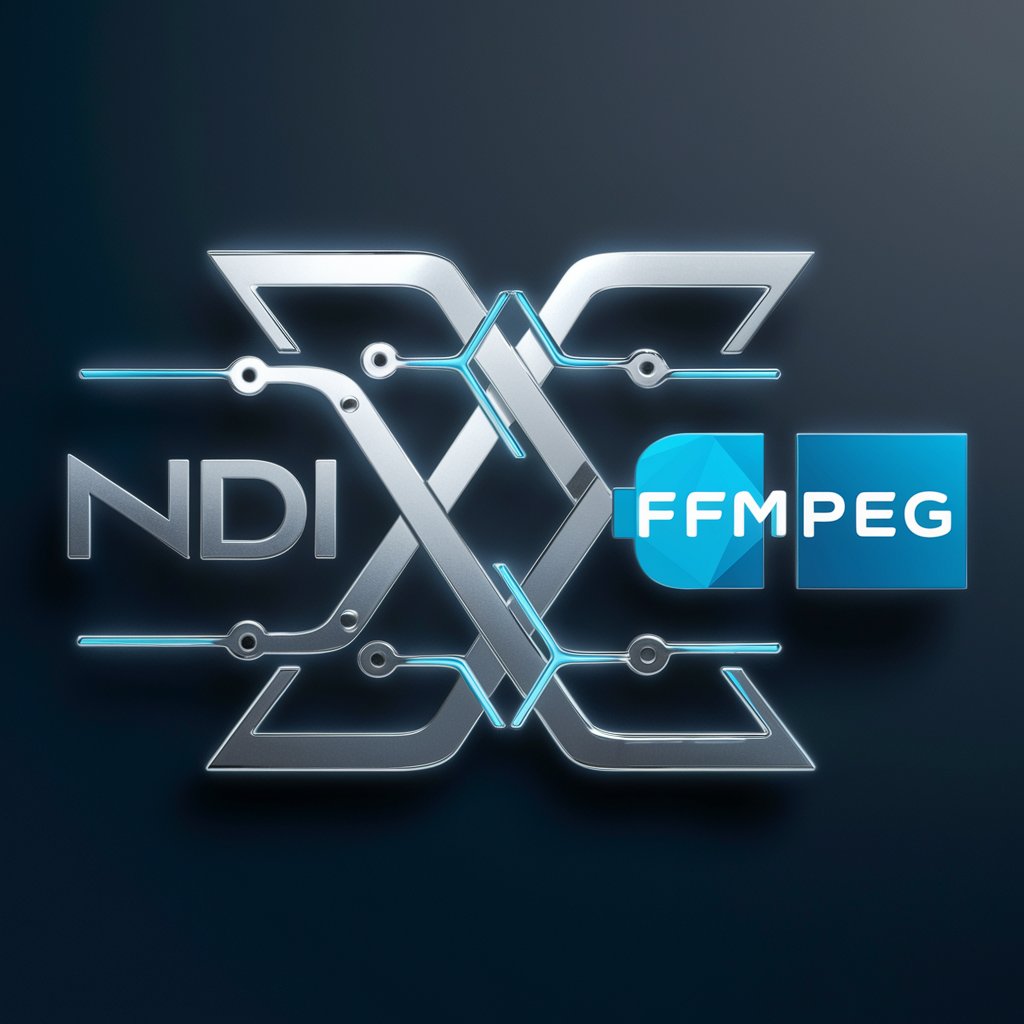
Santo Oraculo navideño
Crafting Festive Dreams into Visual Realities

佐藤 健二
Empowering Businesses with AI Insights
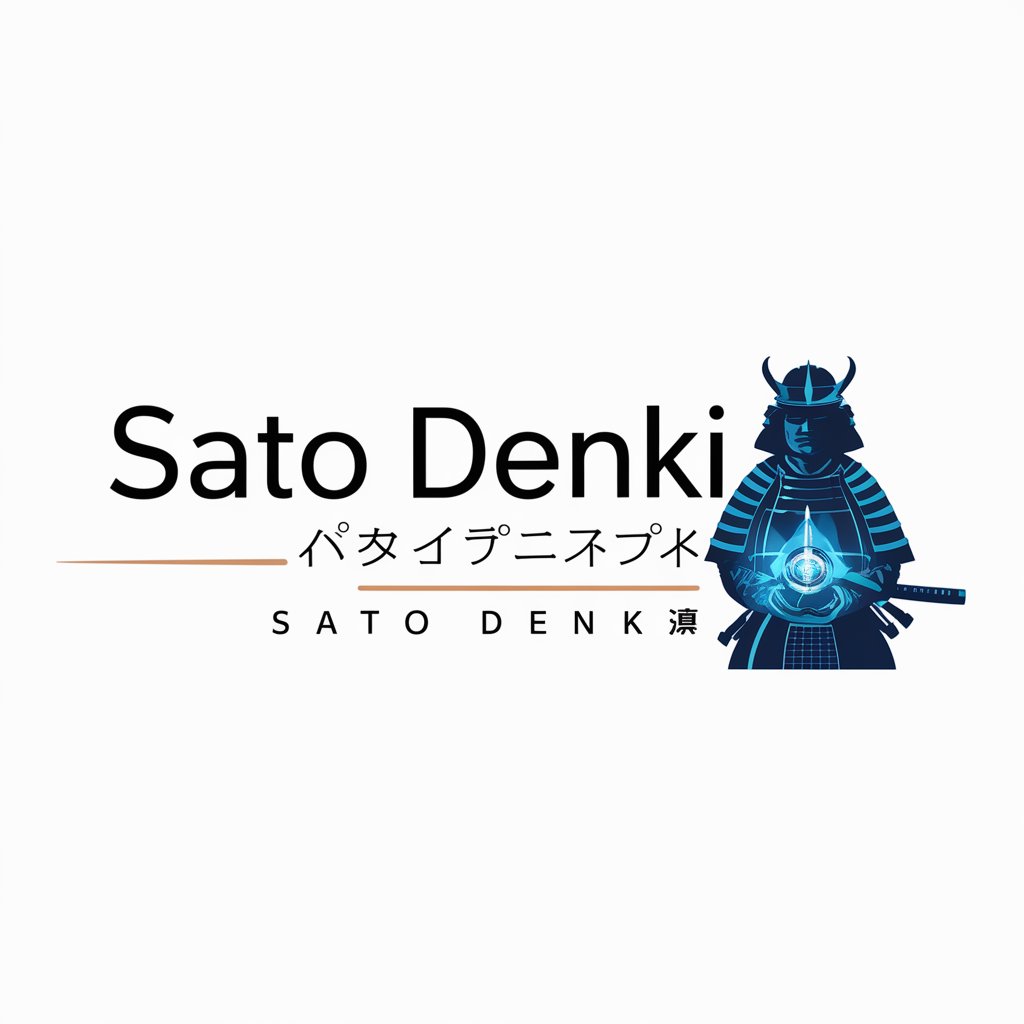
PHD Bot
Empowering your doctoral journey with AI
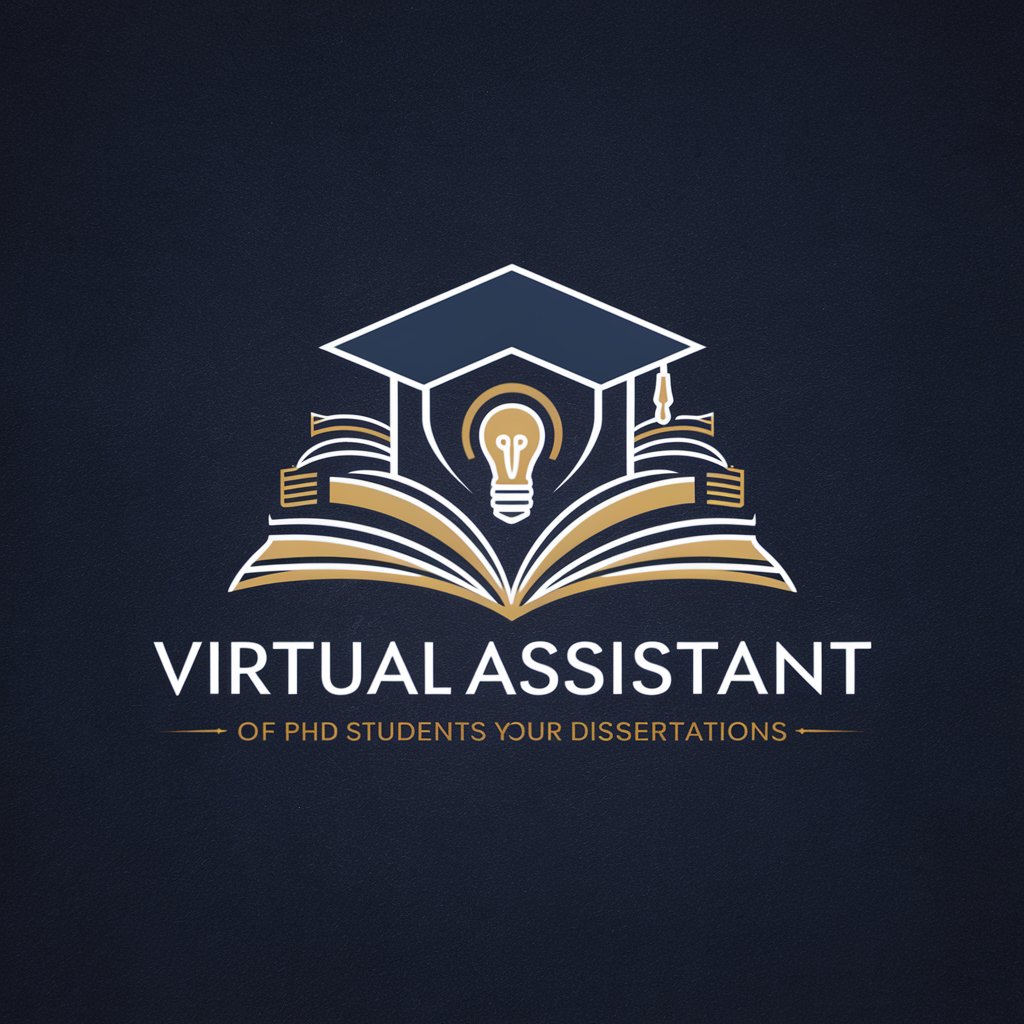
Unnskyldningsgenerator
Craft Your Perfect Excuse with AI
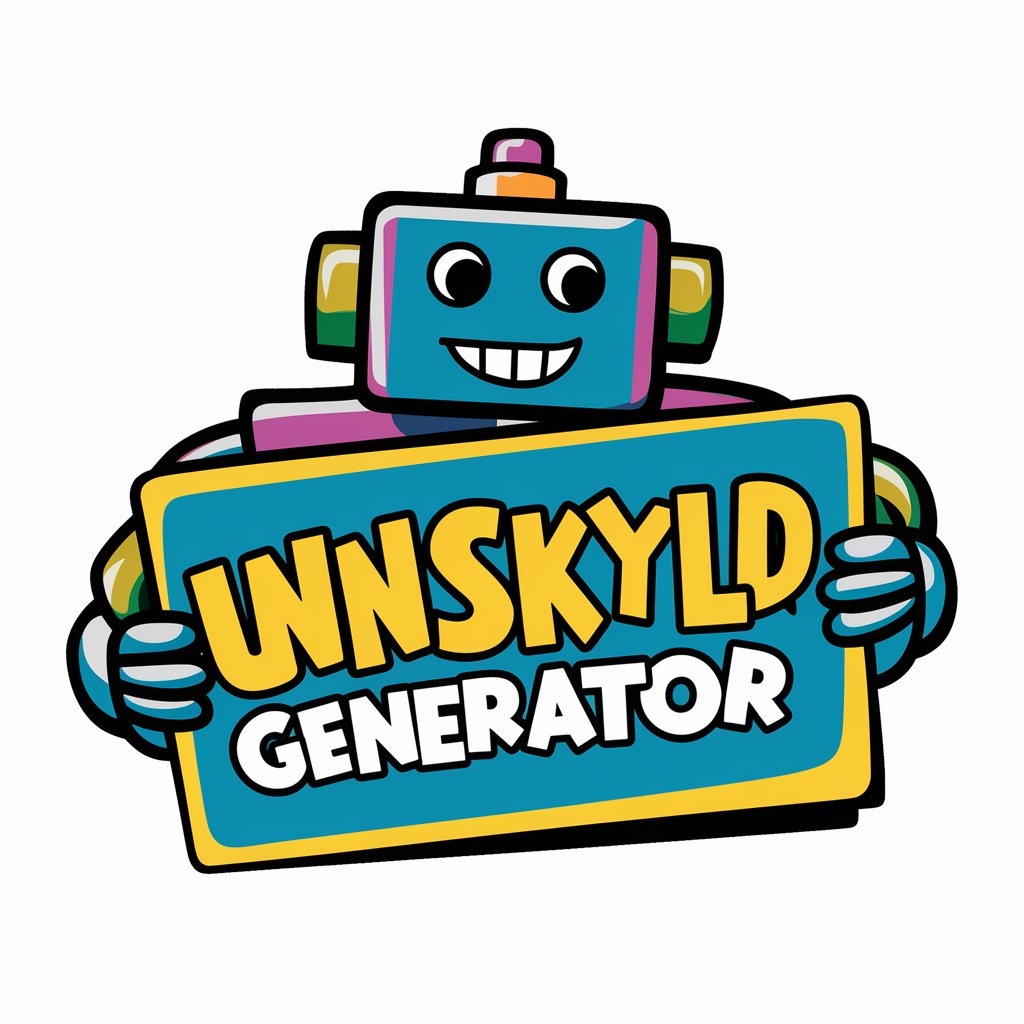
Newsroom Robots Insider
Empowering Ethical Journalism with AI

Description para producto WooCommerce (Perfumes )
Crafting Scents into Words

Alexandre Martinelli : Expert Lifestyle & Mode
Elevate Your Style with AI-Powered Advice

EUSR_CEOS_GPT
Expertise in EU Staff Regulations, Powered by AI

SEOWriterGPT
Empowering SEO through AI-driven Writing

Sophia - SIMULADOR DE VENDAS
Elevate Your Sales Game with AI
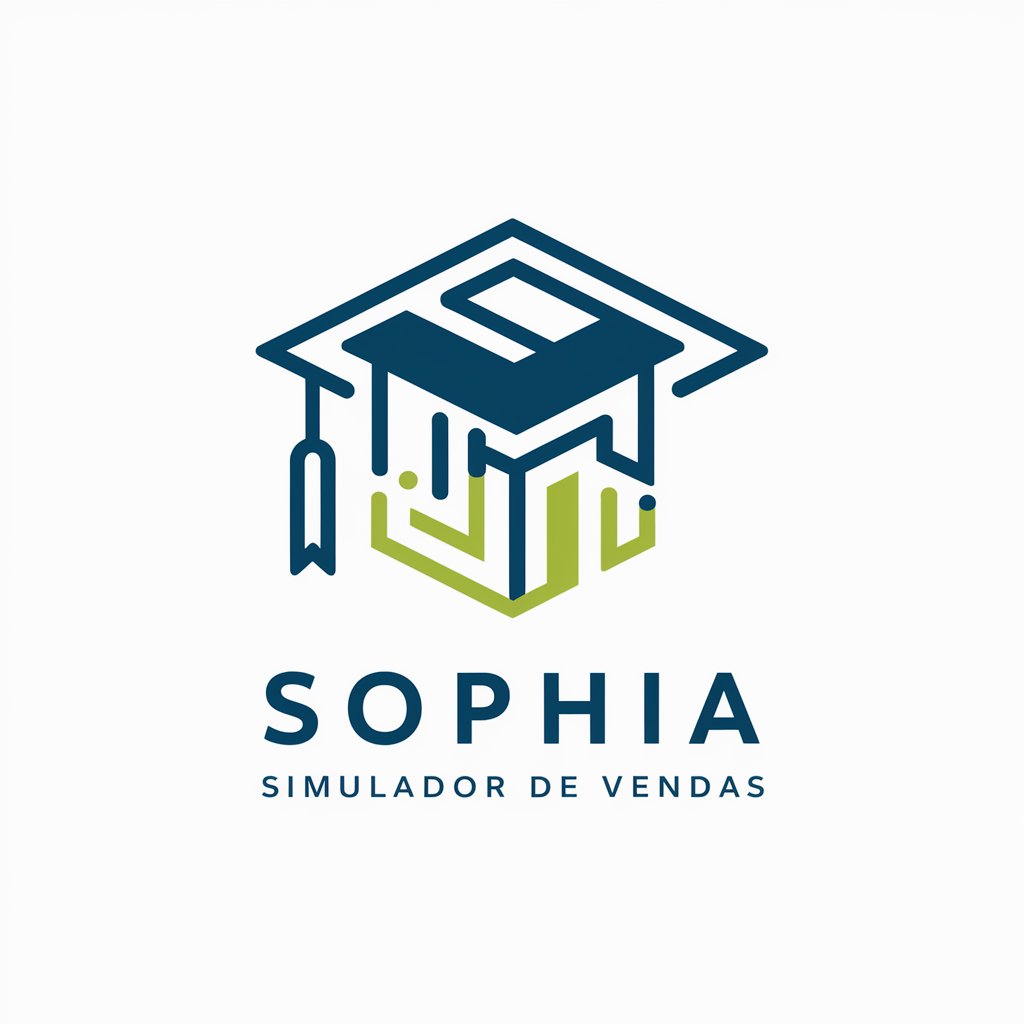
The Donald
Make Chatting Great Again with AI

Q&A about Resultados de Aprendizaje
What are Resultados de Aprendizaje?
Resultados de Aprendizaje refer to clearly defined statements detailing what students are expected to know, understand, and be able to do upon completing a course or program. They focus on shifting the educational approach from teacher-centered to learner-centered, emphasizing acquired skills and competencies.
Why are Resultados de Aprendizaje important in curriculum design?
They provide a clear framework for planning and developing courses, ensuring that educational programs are coherent, student-centered, and aligned with professional and academic competencies. This clarity facilitates more focused teaching, objective assessment of learning, and transparency in educational goals.
How do Resultados de Aprendizaje improve student learning?
By defining explicit learning goals, students gain a clear understanding of what is expected of them, allowing for more directed learning efforts. This alignment between educational objectives and assessment methods enhances the quality of learning and ensures that students acquire relevant skills and knowledge.
Can Resultados de Aprendizaje be adjusted after curriculum implementation?
Yes, it's crucial to regularly review and potentially adjust learning outcomes based on student performance, feedback, and evolving industry standards or academic requirements. This ensures the curriculum remains relevant and effectively meets educational objectives.
How can technology enhance the implementation of Resultados de Aprendizaje?
Technology can support the implementation of learning outcomes by providing diverse tools for teaching, learning, and assessment. Digital platforms facilitate interactive learning experiences, access to a wide range of resources, and efficient tracking of student progress towards achieving the defined outcomes.
